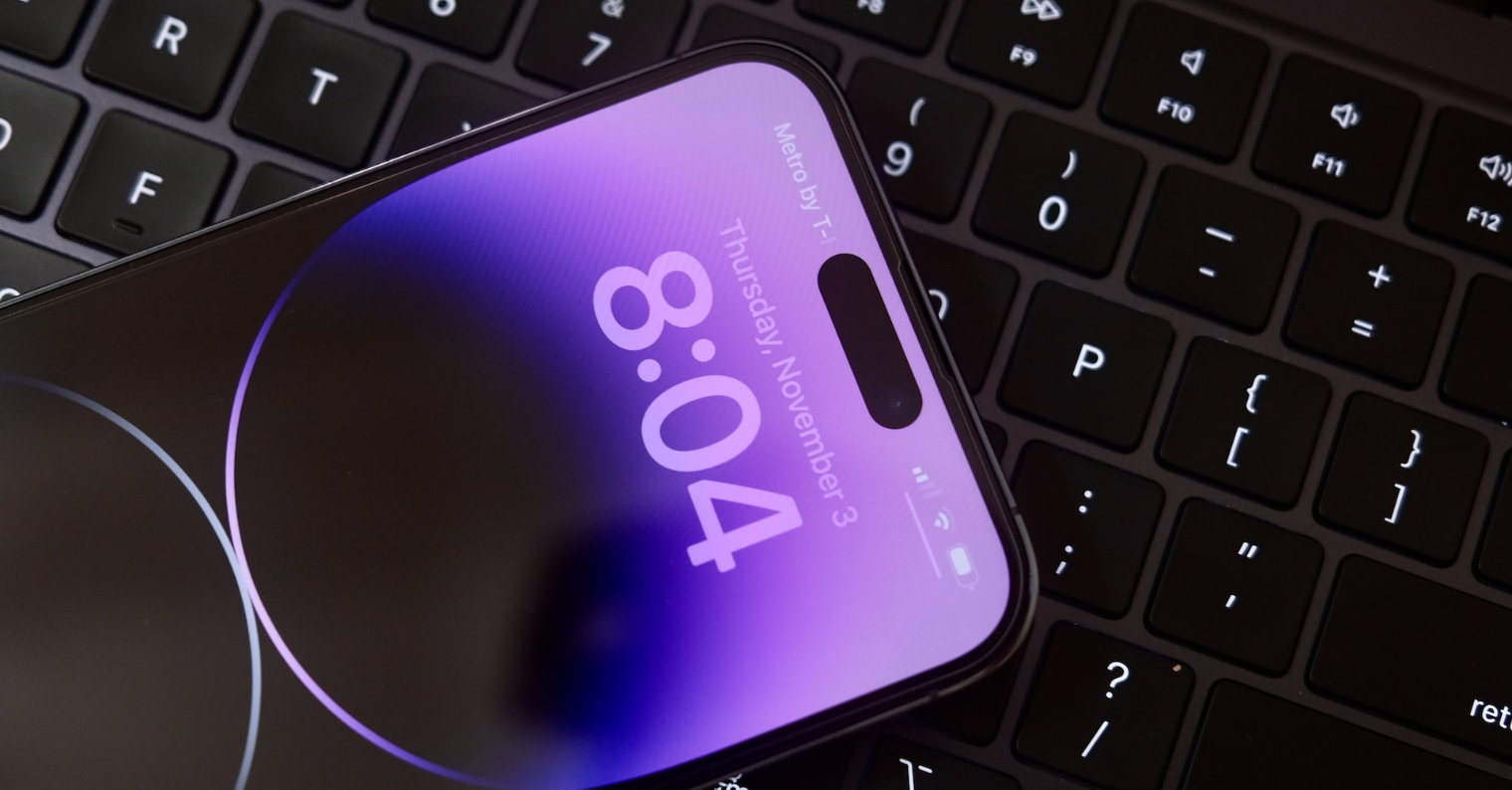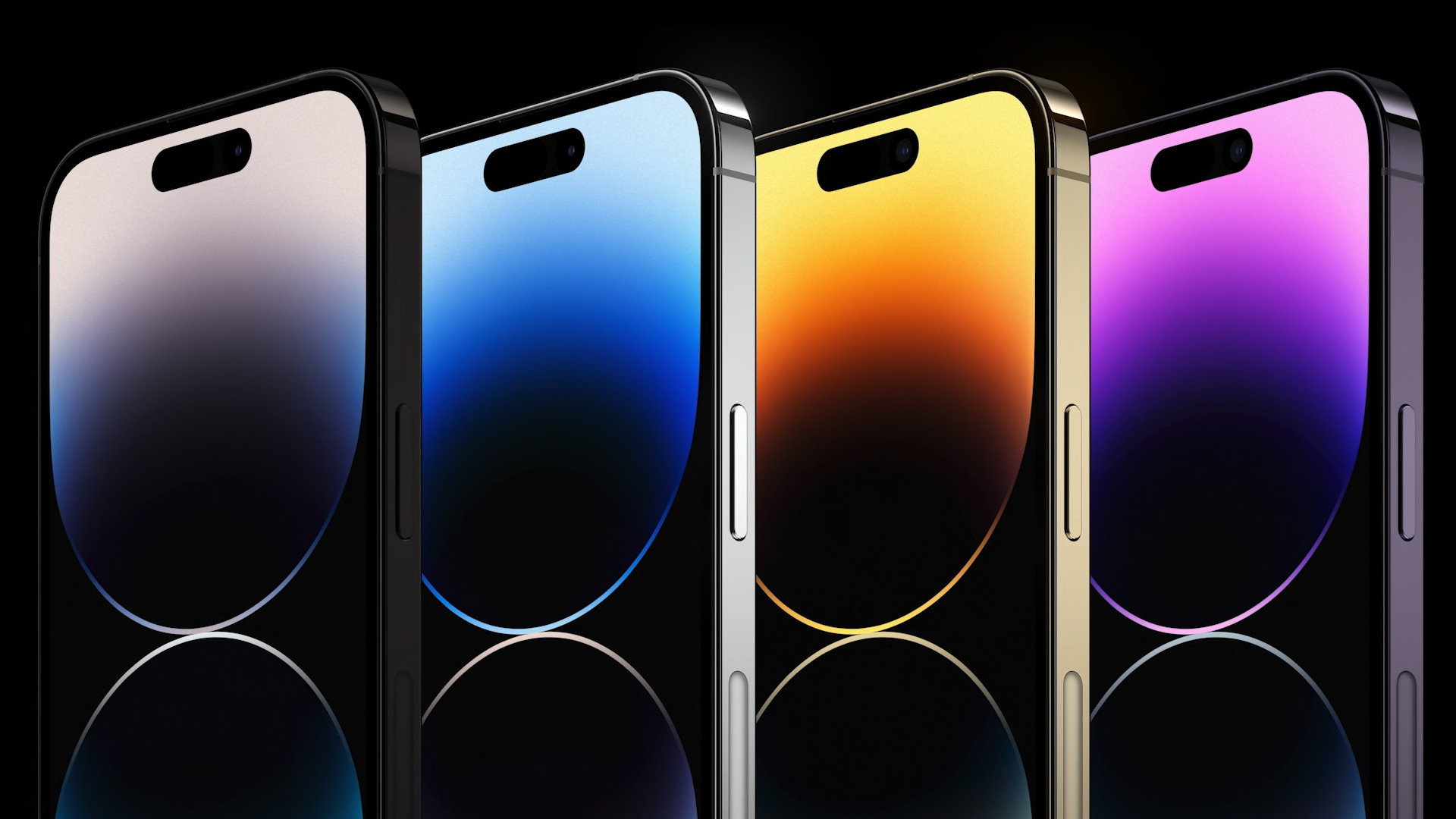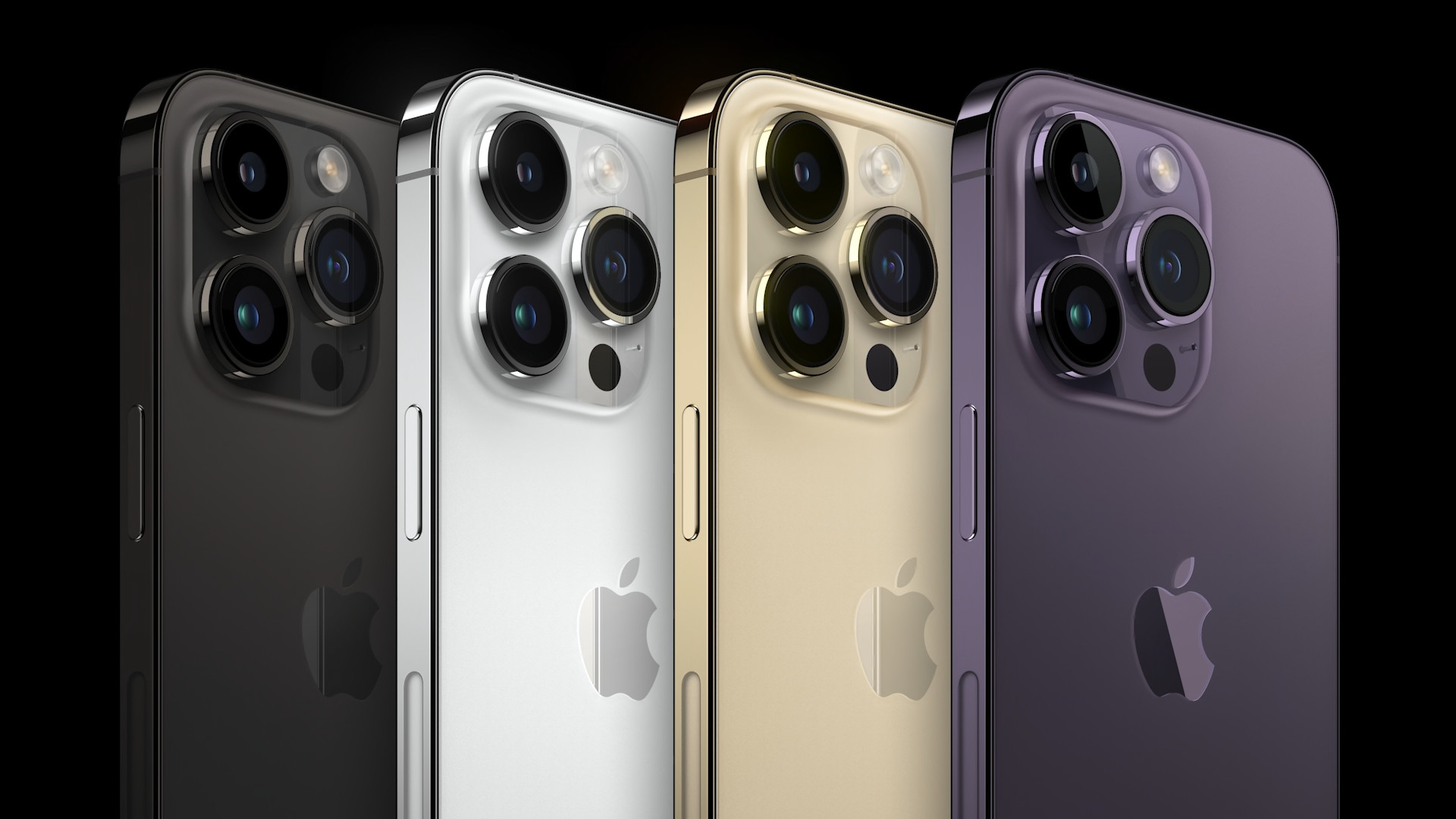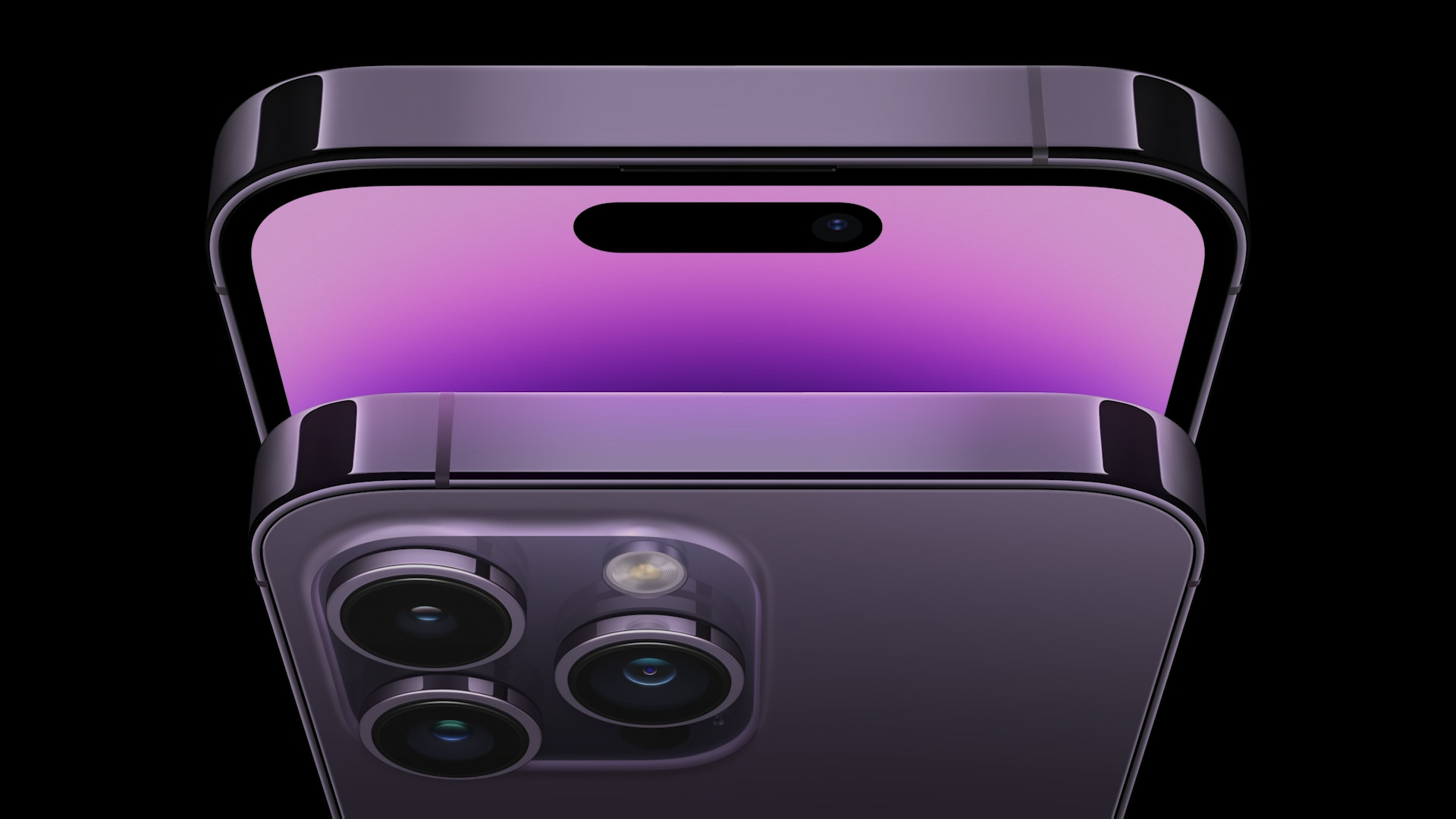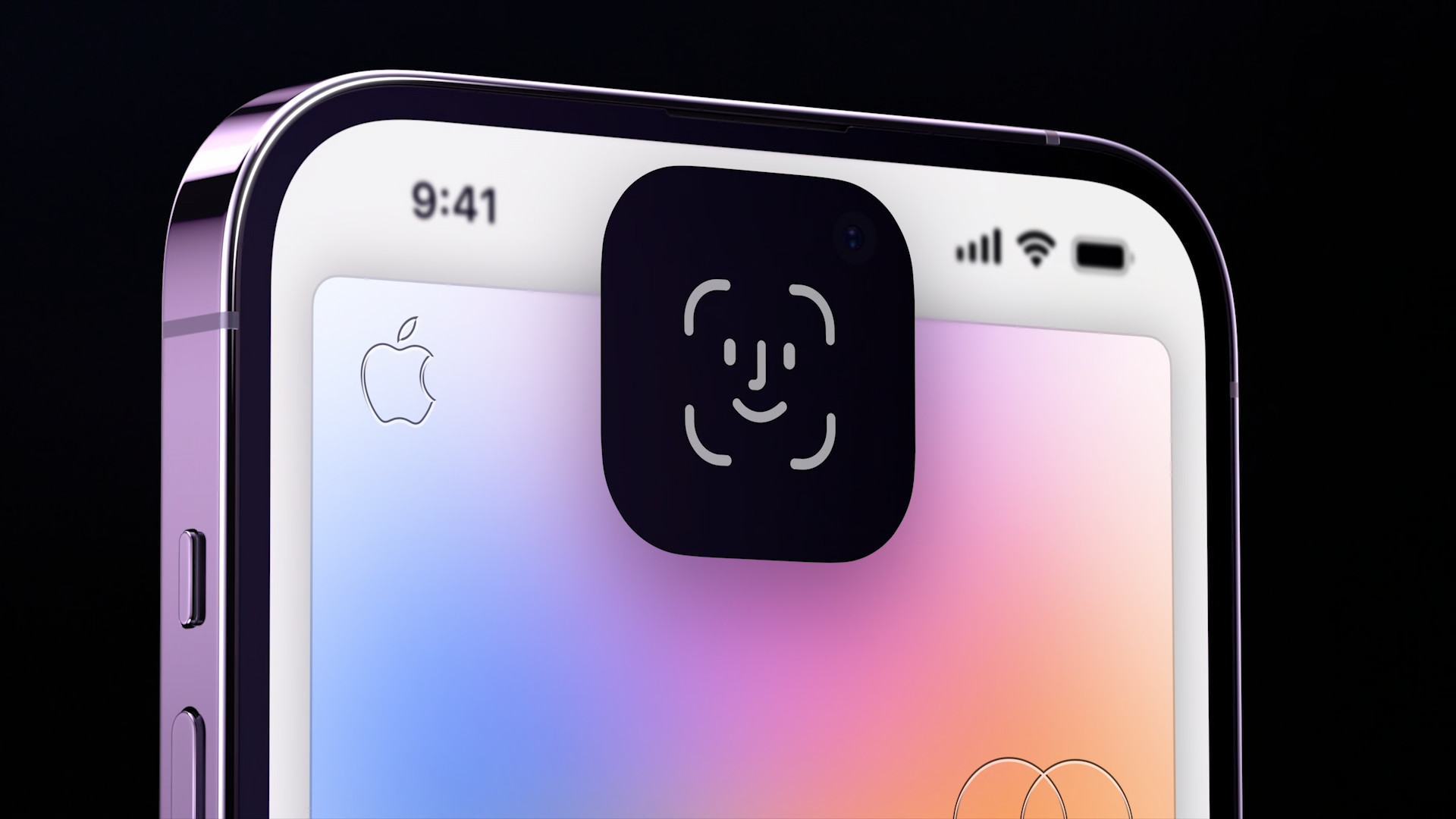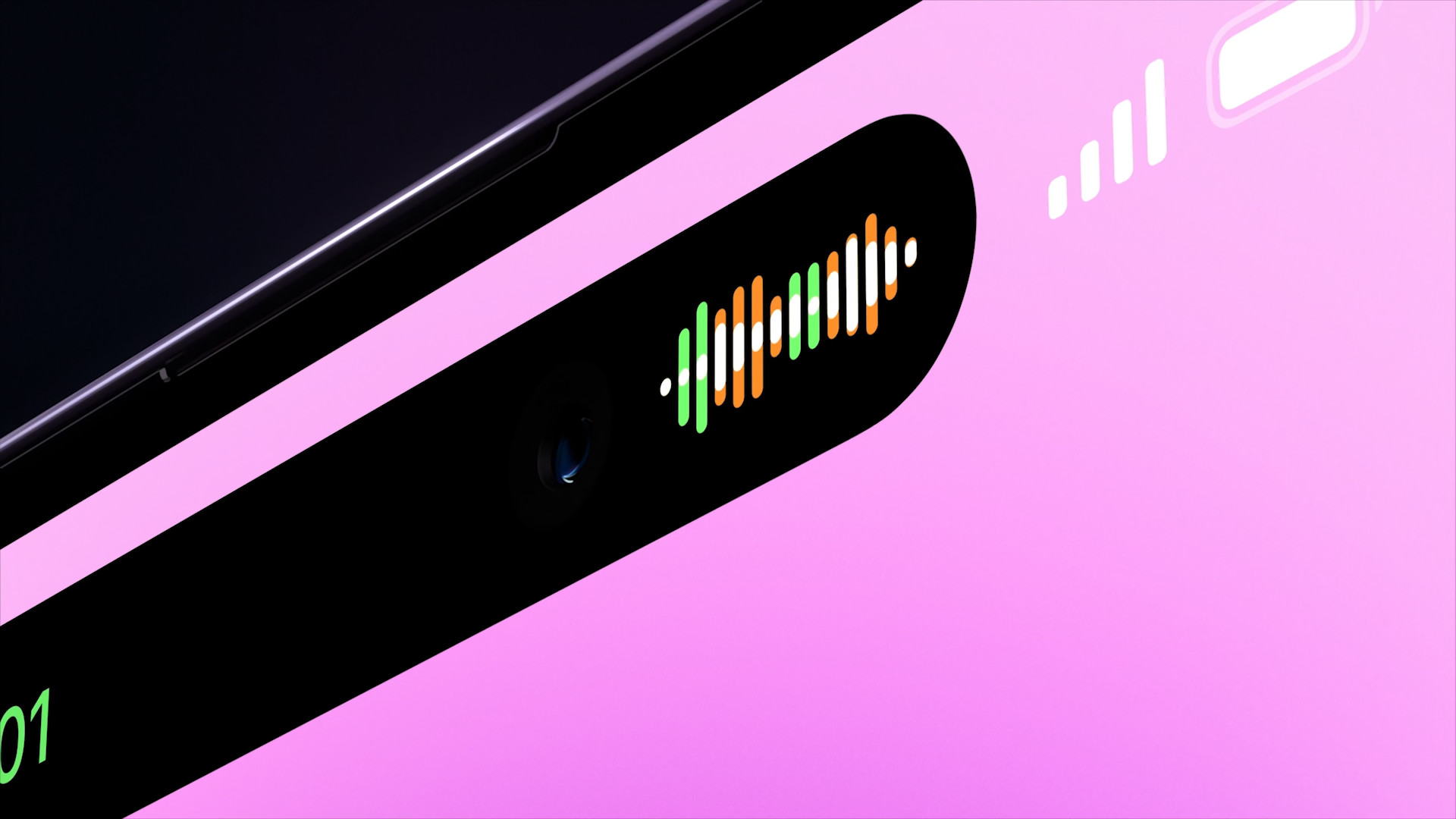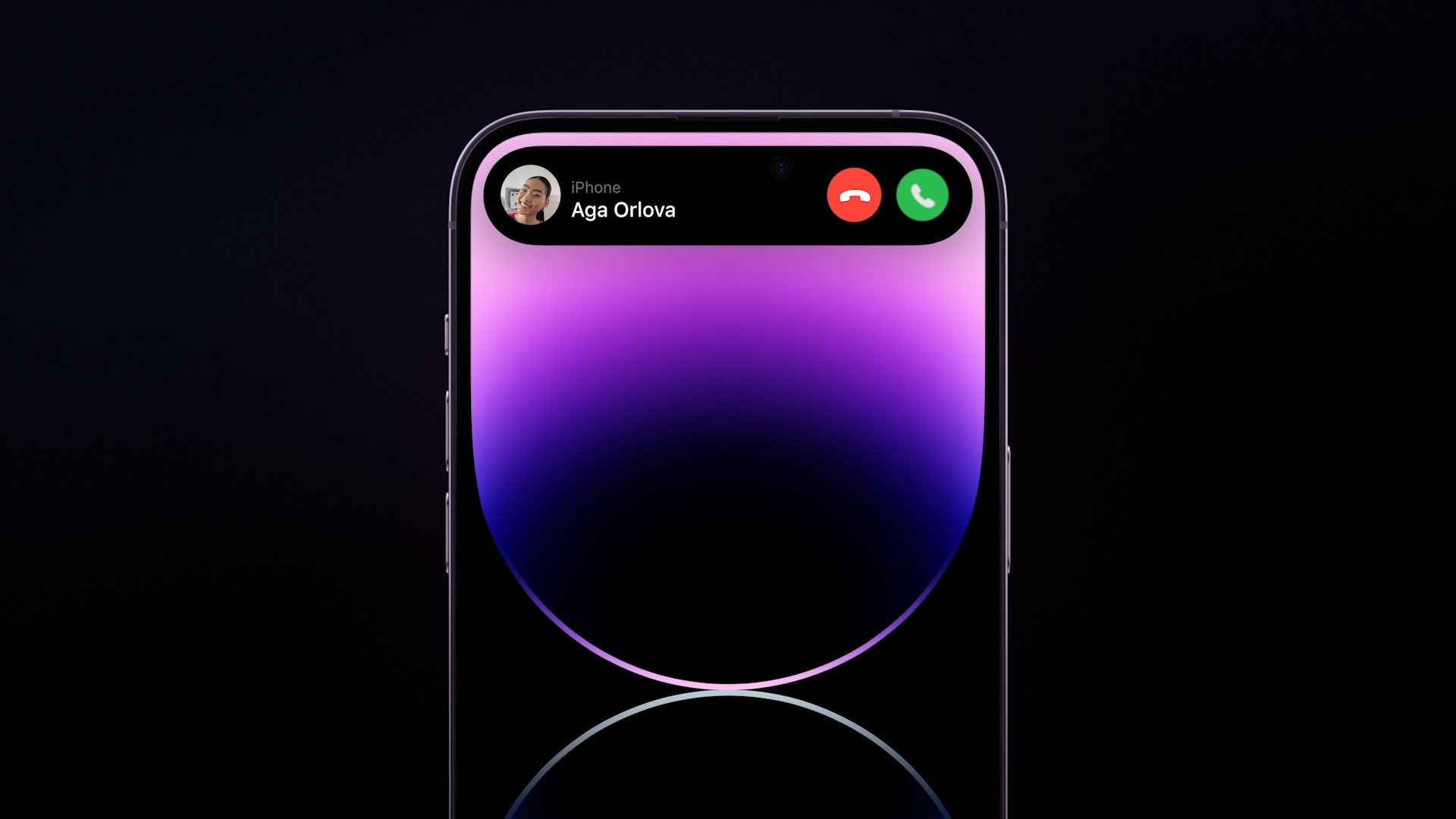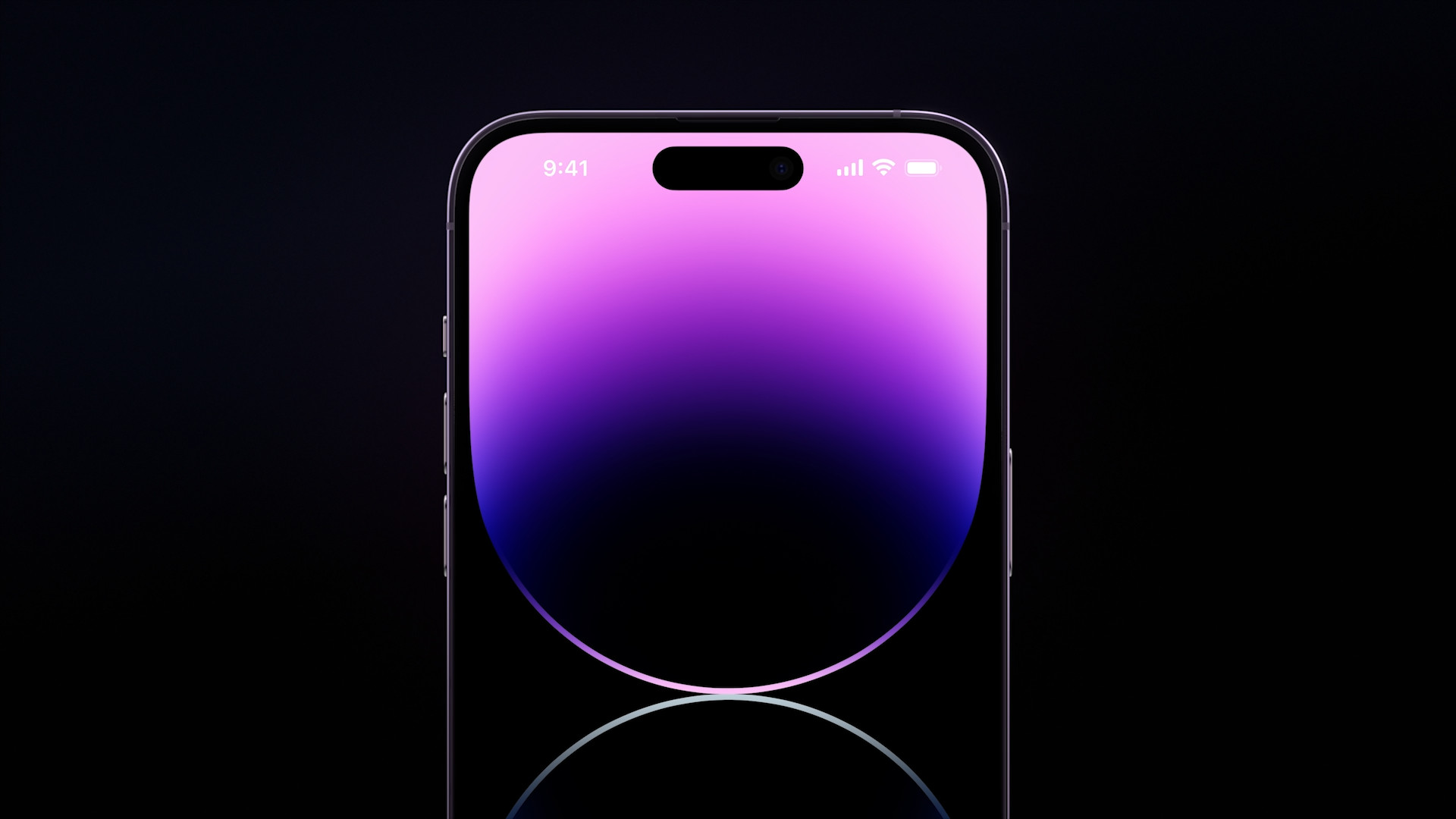We are still a few months away from the presentation of the new iPhone 15 generation. Apple presents new phones every year on the occasion of the traditional September keynote, when alongside Apple smartphones, the new Apple Watch will also have a say. Although we will have to wait for some Friday for the new models, we already know a lot of interesting information about the upcoming news and changes. Undoubtedly, the leaks pointing to the deployment of the USB-C connector, which should replace the existing Lightning, attract the most attention.
But it wouldn't be Apple if it didn't start throwing sticks under the feet of its users. According to the latest information, USB-C does not yet mean that Apple phones will see its full potential, quite the opposite. The Cupertino company is apparently planning to limit speeds, which it will do to differentiate the iPhone 15 (Plus) from the iPhone 15 Pro (Max). In short, we can say that while the iPhone 15 (Plus) will be speed-limited to the same options as Lightning, the improvement will only come to the Pro models.
It could be interest you
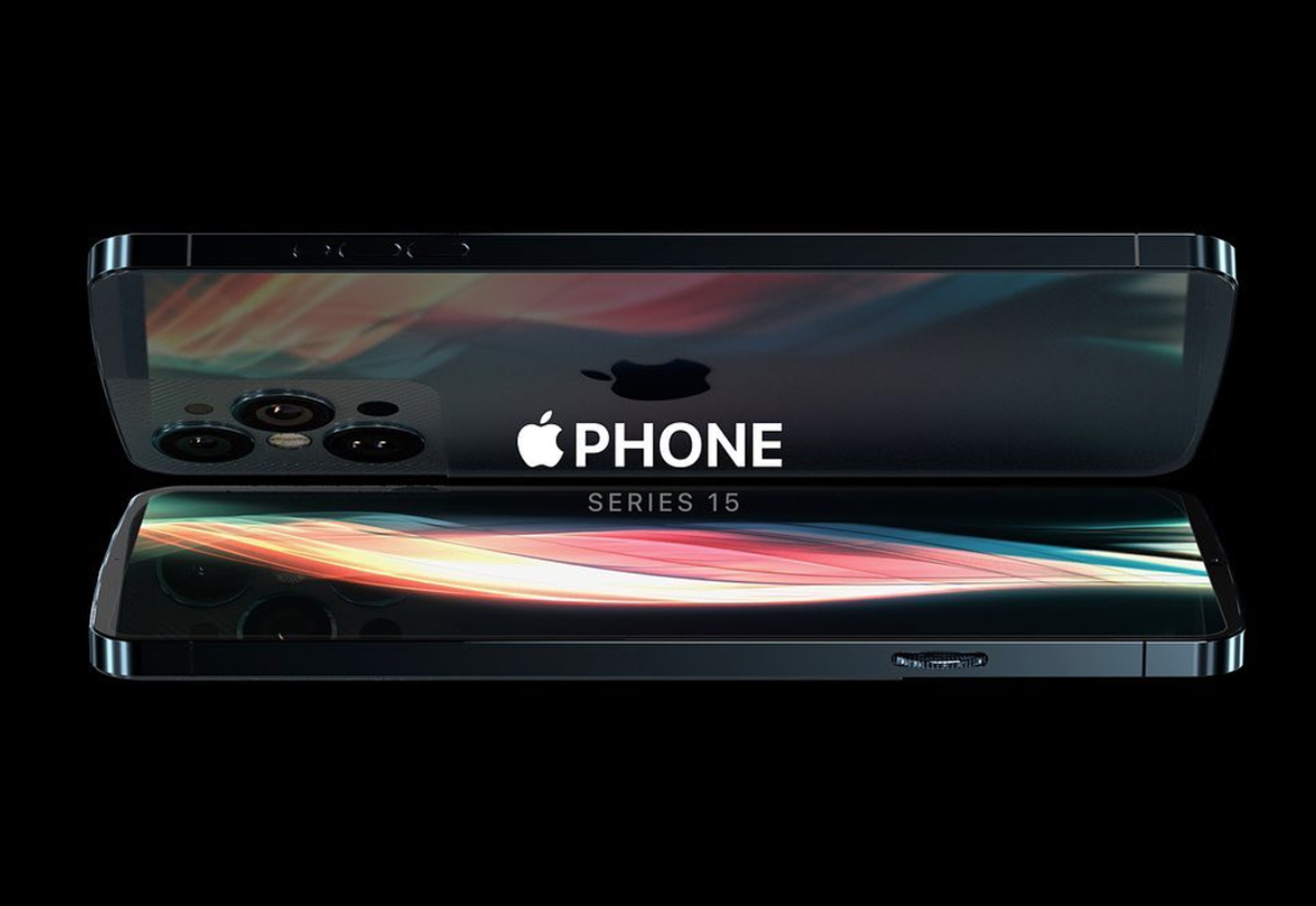
Potential charging speeds
At the same time, another interesting question is suggested. How can "Pročka" actually improve in the finals, or at what speed is it theoretically possible to charge them? We will shed light on this topic together in this article. In the final, it will depend on the standard that Apple implements. As we mentioned in the very introduction, the entry-level iPhone 15 and iPhone 15 Plus models should be noticeably limited to the USB 2.0 standard, i.e. on the exact same wavelength as Lightning, due to which their maximum transfer speed will be 480 Mb/s. However, we are talking about transfer speeds here, not charging itself. Current iPhones support fast charging with a power of up to 27 W, for which they need a USB-C/Lightning cable in combination with a USB-C Power Delivery adapter.
As for the iPhone 15 Pro models, it may seem at first glance that it depends heavily on the standard that Apple implements. But the truth is that it doesn't really matter, at least not in our particular case. The standard plays a crucial role especially in transmission speeds. If Apple were to bet on Thunderbolt, transfer speeds could easily reach up to 40 Gb/s. In the case of charging, however, it mainly supports USB-C Power Delivery. The Power Delivery technology enables charging with a power of up to 100 W, which is also the theoretical maximum for new Apple phones. Going forward, however, it is clear that we cannot expect something like this from Apple, especially for security reasons. Higher power exerts more pressure on the battery, which causes it to overheat and wear out, and in extreme cases even damage it. Even so, there is some improvement in the game.
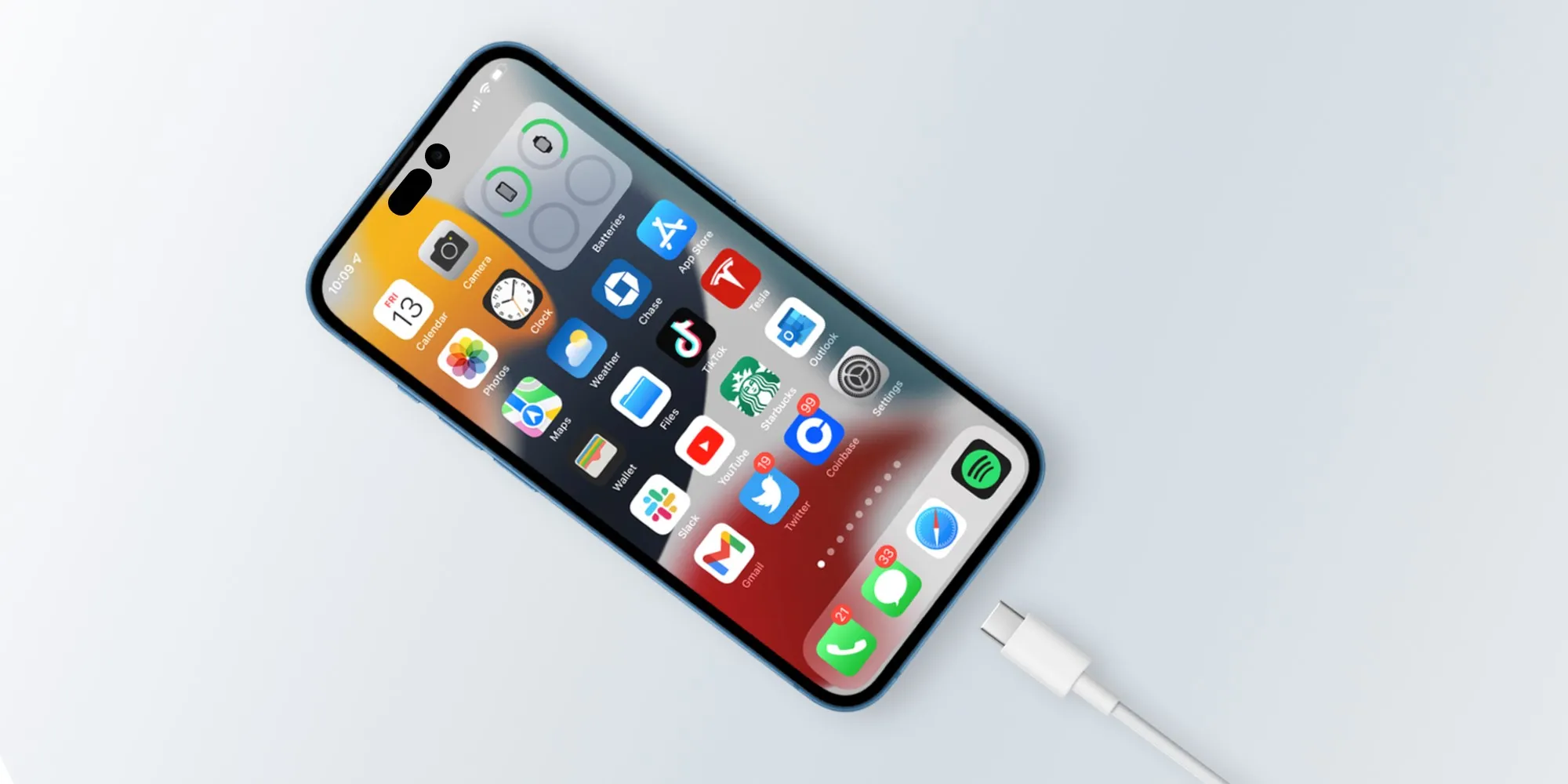
It is therefore a question of whether Apple will stick to the current maximum, or whether it will decide to increase the charging performance following the example of competing brands. For example, such a Samsung allows charging with a power of up to 45 W, while some Chinese manufacturers completely exceed the imaginary limits and go one step further. For example, the Xiaomi 12 Pro phone even supports super-fast charging with a power of up to 120 W.
It could be interest you
